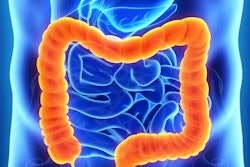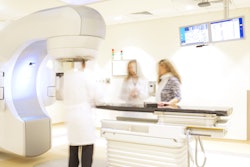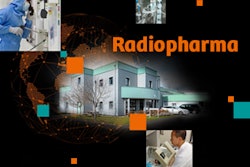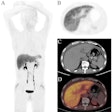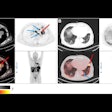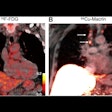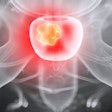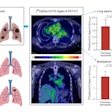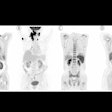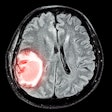Arm position is a significant factor influencing radiation exposure to patients during whole-body PET/CT scans, according to a team of radiologic technologists in Japan.
The finding underscores the importance of considering these factors when evaluating radiation exposure in clinical practice, noted lead author Ken Takada, PhD, of Ogaki Municipal Hospital in Ogaki City, and colleagues.
“These findings contribute to a better understanding of the radiation dosimetry associated with different patient positions during WB-PET/CT scans,” the group wrote, in an article published January 4 in Radiography.
Generally, to optimize imaging, patients undergo diagnostic head and neck F-18 FDG-PET/CT scans with their arms at the side, and the scans are generally performed with arms above the head when scans are performed on the torso, the authors explained. While both the PET and CT components of these hybrid scans involve radiation exposure, there are few reports about differences in the CT radiation exposure dose to patients based on arm position, they noted.
“More accurate understanding of the degree of difference in radiation exposure dose due to arm position is useful information for dose optimization,” the group wrote.
To that end, the researchers assessed scans involving 732 oncology patients who underwent F-18 FDG whole-body PET/CT at their hospital between January and June 2019. They divided patients into those scanned in the arm-raised position (n = 545) and arm-lowered position (n = 187). Next, the researchers used a multiple linear regression analysis to predict the effective dose (ED) of radiation from CT based on sex, weight, and arm position for all patients.
The arm-lowered group had a higher ED than the arm-raised group, and the median dose was 1.1 times higher in the arm-lowered group, according to the findings. The difference in ED between the two groups was also found to be greater with higher body weight.
Finally, regarding the sex of the patients, the researchers found that women had an increase in radiation exposure, yet they speculated this may be due to women in the study having higher body mass index (BMI).
“These relationships collectively explain around 85.9% of the ED, suggesting a strong predictive power of the model,” the group wrote.
The authors noted that the scans in this study were performed for attenuation correction – a technique wherein the PET and CT images are “aligned” during the scan to improve image resolution – and that this already employs a low-dose CT protocol. Thus, a 1.1 times increase in ED for patients in the arm-lowered position is not an “extreme dose increase,” they wrote.
Ultimately, patients with trauma or pediatric patients who cannot raise their arms are often scanned in arm-lowered positions, as well as elderly patients who often complain of shoulder pain in the arm-raised position. Thus, for these patients, the radiation ED may remain sufficiently low, they wrote.
“We believe that this finding lowers the hurdle to forcibly elevating the arm during the few minutes of PET/CT imaging and provides a rationale for allowing patients with tumors of the trunk to actively have their arms in a lowered position,” the group concluded.
The full study can be found here.





